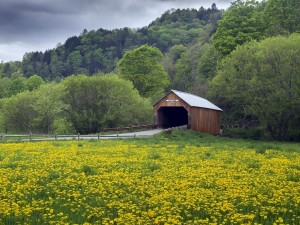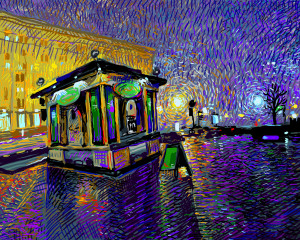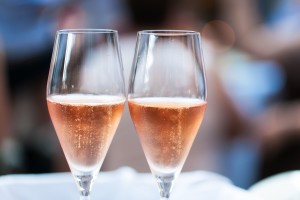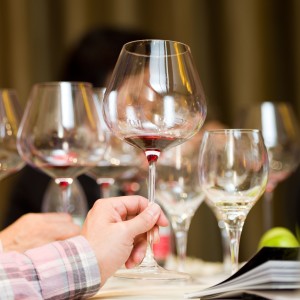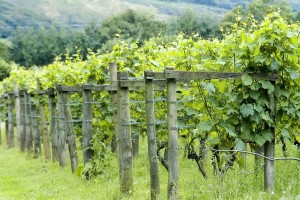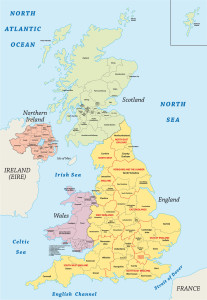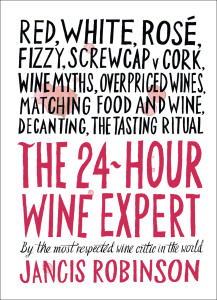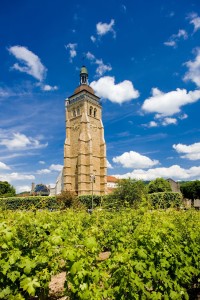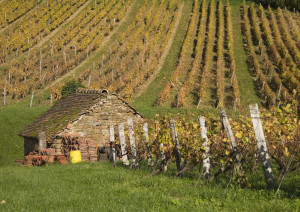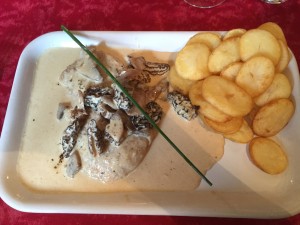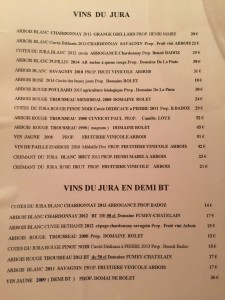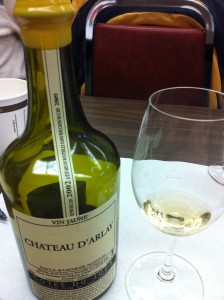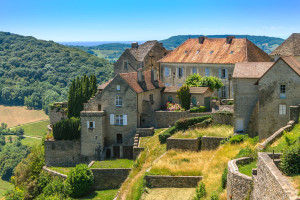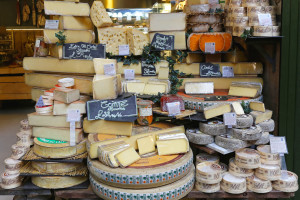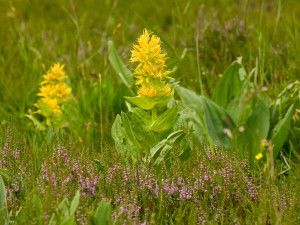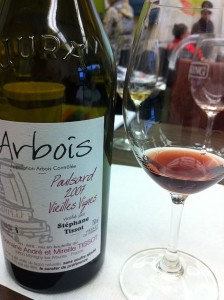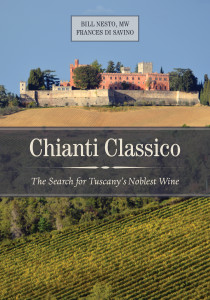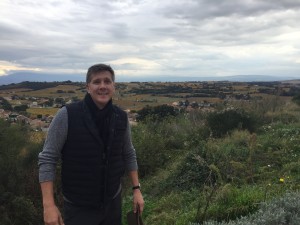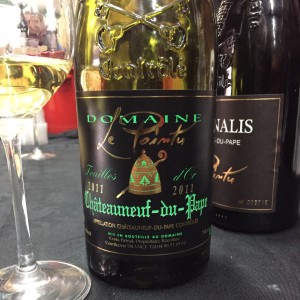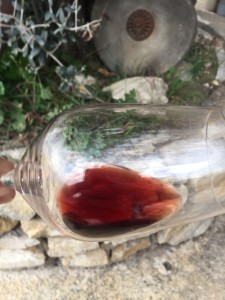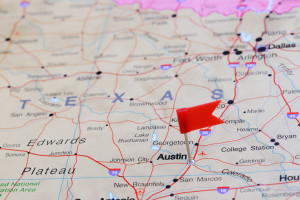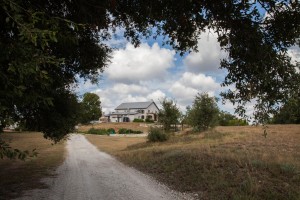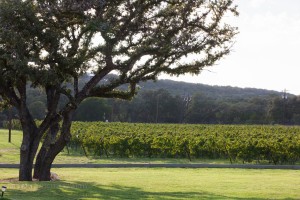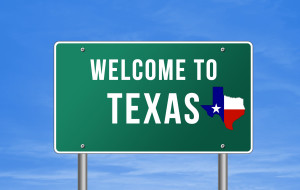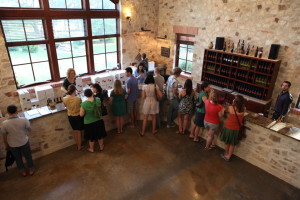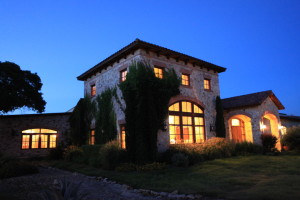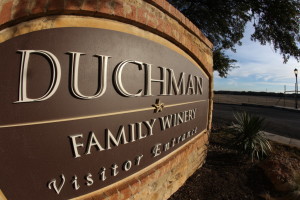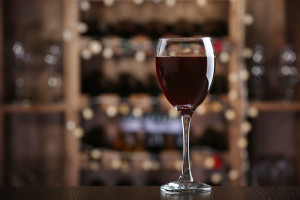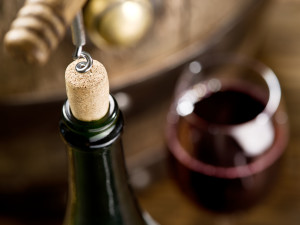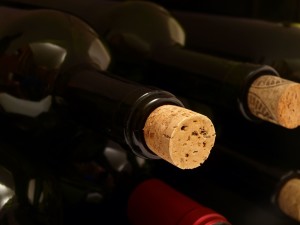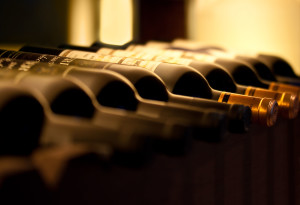Today we have a guest post by an anonymous writer, who we know by the name Candi, CSW. In this essay, Candi discusses her particular way of looking at wine, and along the way encourages us all to find our own individual wine lens.
What is Your Wine Lens?
By Candi, CSW
My wine lens?
Most certainly. I am not talking about viewing wine through rosé-colored glasses. Nor, heaven forbid, through “beer goggles”. My lens is the context through which I view wine, my life experiences, and their mutual influence upon each other. My unique terrior.
This is a topic I have been contemplating since I completed my most recent wine-related trip. And it might be a subject for you to consider, maybe with the company of a glass or two.
I believe we all have a unique wine lens. Beginning to view my lens more clearly has been a gift; a gift of learning, enlightenment and reflection. All of these I appreciate more and more as I age. So I thought it might be helpful for other wine professionals to more clearly understand the distinctive value they bring to the table. Along with the vino.
Here are a few points to ponder, with fragments from my lens to illustrate. Okay, to magnify if you must.
Family and Geography: I grew up in the Midwest, in a small town when domestic manufacturing was an established and thriving part of our local economy. My hometown was classic Middle America, complete with solid values, good public schools, church on Sunday. My parents were raised on solo family farms. My father was a small businessman; my Mom, like most women in our town, did not work outside the home.
My parents had grown up in the Depression. Given this setting, I was raised to be frugal; to live below my means. The wine lessons? I prefer finding value wines that taste above their price; the wines that “over deliver.” Further, there are many red value wines that taste substantially better than the wine used for communion that I first experienced at the age of thirteen. I wonder if there is a designated product line for nasty communion wine. No offense to traditional churches intended.
Non-wine education and work experience: My career was in health care; my first career-level position was in consulting. I found that the more years I spent in the industry, the less I was inclined to rely exclusively on the medical model within the current care delivery system. My horizon broadened to include what is popularly known as “complementary and alternative” medicine. There appears to be a significant amount of research that supports reasonable consumption of wine as part of an overall healthy lifestyle. Wine can fit into a wellness program for some of us. It works for me.
Hobbies and interests: We lived in a major Midwest City early in our marriage. Unlike where I grew up, there were quality museums, plays, restaurants—a diverse cultural landscape. We visited all the major museums and discovered a fondness for Impressionist art. I would stand really close to a painting, hands clasped behind my back to signal to the docent that I’d just look and not touch. And I would contemplate the beauty and the effort that went into the work. This was also my first exposure to key cuisines, primarily Italian. As my time to spend in the kitchen increased, Italian became my first specialty. I discovered that Italians often put as much love into their value-priced wines in each region as they do into the upper-tier wines. For example, we enjoy Barbera and Dolcetto as great value choices. And I buy Barolo for special occasions. As for art? Wine is both an expression of the artistry of the vintner and of terroir.
Entry into the professional world of wine: I began with wine as a hobby. Read the popular magazines, bought the occasional recommended wine listed as less than $10 that I could find. Mostly white wine and slightly sweet rosés. The memory of nasty red wine was quite powerful after more than 15 years. To appreciate a broader range of wine required a red wine epiphany.
The setting was a cold winter night, by the fireplace. Early marriage, Saturday night, just the two of us. My husband had purchased a Chilean Merlot from the local liquor store for the princely sum of $5. I was hesitant, but also curious and lazy. I sliced some cheese and served with crackers. I just could not approach a red without food. Simple dinner, value red. And I ate cheese, followed by red wine. Then red wine first, then cheese. Whoa – this is red wine? And I like it? So a bottle of Merlot began my red wine journey. And to this day, on lazy weekend evenings, it’s just wine and cheese. Often better wine and usually better cheese. But the memory lingers. And Chilé is, like Italy, one of our favorite wine-producing countries known for value. My hobby took off.
Fast forward to a decade or two later. I began to spend less time in consulting and started to more fully enjoy other interests. Wine then turned from a hobby into a passion. I took a rigorous wine “boot camp” course at a local university. Adult learning, non-credit. I was one of the oldest people in the class. And I did well, much to my surprise. I focused on getting the information I wanted out of the course. Despite lack of trade experience, obtaining my CSW became a quest. For the enjoyment of the achievement. A 300-page study guide was not intimidating because I wanted to learn the contents. The desire was there. After four months of daily study, I decided to go for it. Passing that day literally brought tears to my aging eyes.
Demographics: Here we get into the statistics; age, sex, income level, blah, blah blah. Suffice to say I am, ahem, one of the older wine professionals. Being Candi, I am of the female persuasion. Semi-retired with primary interests in wellness, reading, a bit of travel, volunteering, and wine. Serving as a volunteer somm is a very good fit.
Personality: I am without doubt an introvert. Staying at home on weekends energizes; being with a large group of people depletes. Except when I am in a setting that involves wine; then, I turn into a geeky person who often comes across as “selling” a wine if I’ve taken it to a party. But I am selling, because I believe in the wine. I have had the joy of introducing white-only drinkers to Spanish (value!) Monastrell. And of helping some to understand that not all pink wine is sweet. And I love any type of tasting, such as trade events that offer opportunities to meet and talk with vintners.Putting it all together, I do some wine consulting here and there. When people I meet discover what I true wine geek I am, they tend to become curious. Most frequent question: what are some nice wines I can buy that don’t cost an arm and a leg? I have learned that, even given the Great Recession, people are still interested in wine. My niche has become recommending a few value-priced wines available locally. My reward?
People of all ages, backgrounds, other demographics come back to be with feedback. They are so happy; they have found a way to enjoy wine. And they begin to explore further. And their journey begins.
What is your wine lens? Enjoy the exploration.
Are you interested in being a guest blogger or a guest SWEbinar presenter for SWE? Click here for more information!

